A smartweed colony looking smart
From last October 21st at Southeast Metropolitan Park, here’s perhaps the most densely flowering colony of smartweed, Polygonum spp., I’ve ever seen. The plant is common enough on the shores of ponds and creeks in central Texas and I encounter it fairly often, yet after more than four years of posts today marks the first appearance of smartweed in these pages. The taller stalks farther back in the photograph are slenderpod sesbania, Sesbania herbacea, and beyond them at the left you can make out a bit of the pond whose water supports both types of plants.
© 2015 Steven Schwartzman

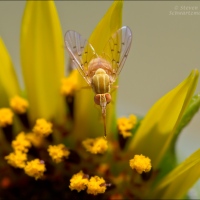
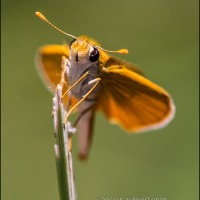

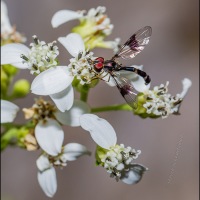
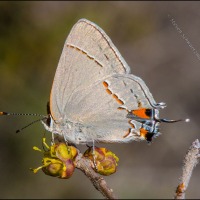
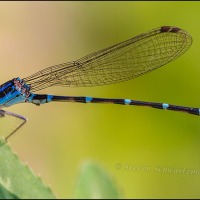

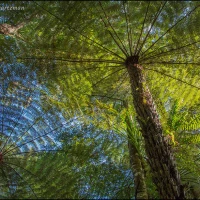

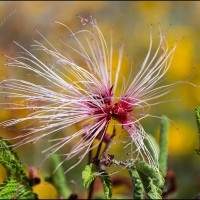
What a tangle! This is another plant I don’t remember seeing. It occurred to me that freshwater vs. saltwater might be at play. I found this Field Guide to Coastal Wetland Plants of the Southeast United States , and sure enough, smartweed is listed as one of the plants that appears in slightly brackish marshes, where freshwater mixes in.
There are other plants that share these marshes with smartweed that are easy to find, such as cattails, blue flags, and common reeds. If I want to find smartweed, the smart thing to do is look for the more obvious plants, and then look a little more closely.
shoreacres
July 29, 2015 at 6:04 AM
A tangle indeed. I just noticed on p. 79 of the Tvetens’ Wildflowers of Houston that stems of these plants “sometimes sprawl and root at the nodes to form large colonies.” There are various similar-looking species of smartweed, so perhaps some of them tolerate brackish water better than others do. I’ve never thought about the distinction because Austin is 200 miles from the coast.
As you noted, smartweed often grows near (or mixed in with) cattails, bulrushes, and other plants that thrive in swampy areas, so I suspect you’ll find some smartweed near you before too long now that you’re aware of it.
Steve Schwartzman
July 29, 2015 at 7:51 AM
You might be interested in the herbal uses of smartweed.
http://herbalpicnic.blogspot.com/2013/09/smartweed.html
One source said drinking smartweed tea helps relieve hemorrhoids and other ailments.
http://www.umbc.edu/cazabon/index.php?/plants/pennsylvania-smartweed/
It burns if you get it in your eyes or other sensitive areas.
Jim in IA
July 29, 2015 at 10:09 AM
Thanks. I’d read about a few traditional uses of smartweed, but the sites you linked to list many more. Your last comment, that “It burns if you get it in your eyes or other sensitive areas,” explains why the plant has the common name that it does: the smart doesn’t refer to intelligence but to the way the chemicals in the plant can make your skin smart.
Steve Schwartzman
July 29, 2015 at 10:49 AM
One summer there was a large colony of these forming a ring ( wouldn’t you have expected a polygon?) around a small pool, and as the season progressed it turned a lovely russet color. I kept meaning to get a photo of it for a painting. Maybe I’ll remember to do that this summer. So many paintings to make, so little time.
melissabluefineart
July 30, 2015 at 10:54 PM
You know what they call a dead parrot, don’t you? A Polly gone. (I remember that one from childhood.)
I hope you’ll rush for the russet this year and get your photo so you can show us the painting you’ll have turned it into.
Steve Schwartzman
July 30, 2015 at 10:59 PM
Oh, good one…I’ll run that one by my mathematical son.
melissabluefineart
July 31, 2015 at 8:33 AM
We have smartweed in the yard but not nearly as profuse as your colony…and I am glad.
Steve Gingold
July 31, 2015 at 11:55 AM
I don’t think I’ve ever known people who had smartweed in their yard. Is yours growing in a damp part of the yard?
Steve Schwartzman
July 31, 2015 at 1:56 PM
Not terribly damp but a bit shaded.
Steve Gingold
July 31, 2015 at 2:31 PM